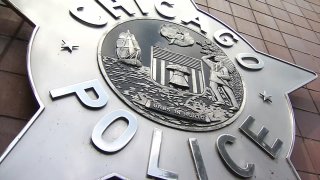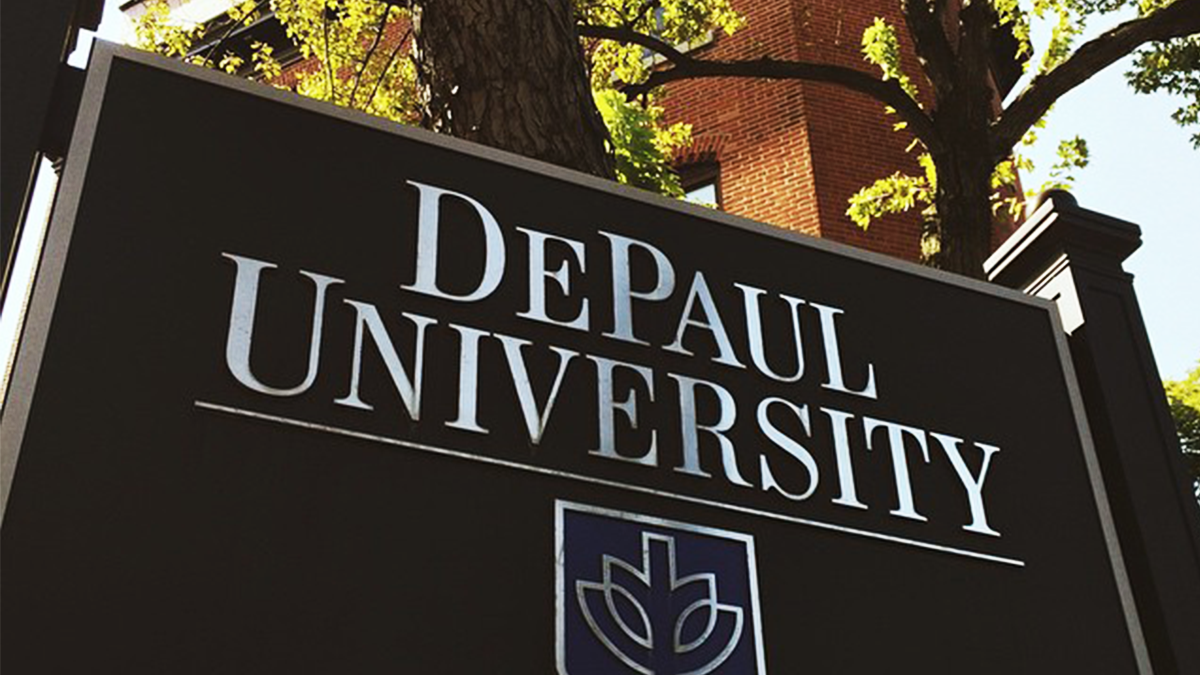
Halfway through the year, more people have been shot and more people have been killed in Chicago than this time last year, when violence reached levels not seen since the mid-1990s.
Chicago has seen at least 336 homicides for the first six months of the year, just two more than at this point in 2020 but 33 percent more than 2019’s 252 homicides, according to an analysis by the Sun-Times.
The city has recorded at least 1,892 shootings through June 28, the most recently available statistics, an increase of almost 12 percent compared to 2020’s 1,692 and a 53 percent increase over 2019’s 1,234 shootings during the same time.
Last year was one of the deadliest in the city in decades, with 775 killed, a sharp spike from the 500 homicides in 2019.
In a press release Thursday summarizing the year so far, the Chicago Police Department emphasized a drop in violence this past May and June, bolstering their argument that the rate of increase from last year is slowing.
Both months saw a drop in shootings and homicides, according to Sun-Times data, though they were still much higher than in 2019.
The department said its data also shows there have been fewer murders this year than last year, but those numbers do not count killings on expressways that are investigated by the Illinois State Police. The department’s numbers also do not include police-involved homicides.
Local
The Sun-Times data includes all deaths labeled homicides by the Cook County medical examiner’s office. By that measure, this has been a deadlier year so far than last year.
The department did acknowledge in its release that hundreds of more people have been shot in the city this year than last year, with numbers roughly the same as the Sun-Times’.
Feeling out of the loop? We'll catch you up on the Chicago news you need to know. Sign up for the weekly Chicago Catch-Up newsletter.
Nineteen aldermen have called for a special Chicago City Council meeting Friday morning and have demanded that Chicago Police Supt. David Brown show up to discuss his department’s response to the violence. It’s not known if they will have a quorum to meet, or if Brown will show up.
The superintendent has scheduled a news conference for Thursday afternoon.
One of the last shootings in June was an attack in Little Village that wounded two 15-year-old boys and two other teens. The Sun-Times reported last month that more children 15 or younger have been shot so far this year.
In Wednesday’s shooting, the teens were walking in the 2200 block of South Millard Avenue when a dark-colored SUV approached and someone inside began firing about 8:20 p.m., police said.
One of the 15-year-olds suffered a gunshot wound to the buttocks and was taken to Stroger Hospital, where his condition was stabilized. The other 15-year-old was struck in the left thigh and taken to the hospital in good condition.
An 18-year-old man suffered a gunshot wound to the leg and was listed in serious condition at the hospital. Another 18-year-old was struck in the foot and taken to Mount Sinai Hospital, where his condition was stabilized. The dark-colored SUV fled the scene.
One of the first shootings in July in Chicago was an attack in Roseland on the Far South Side that killed a woman and wounded an 8-year-old girl and another woman.
The girl was inside the house when a bullet fired from a car outside hit her in the arm. Two women sitting on the porch were also shot, one of them fatally.
There have been at least 12 homicides in Roseland this year, up from nine for the same time last year, according to Sun-Times data. It ranks 11th among neighborhoods for homicides this year, a list topped by Austin with 28, North Lawndale with 21 and Englewood with 18.
Roseland is in the Calumet Police District, which has seen a 73% increase in homicides this year and a 49% percent increase in shootings, according to statistics kept by the Chicago Police Department.
In all, 14 neighborhoods in Chicago have seen more murders this year than the same time last year.



